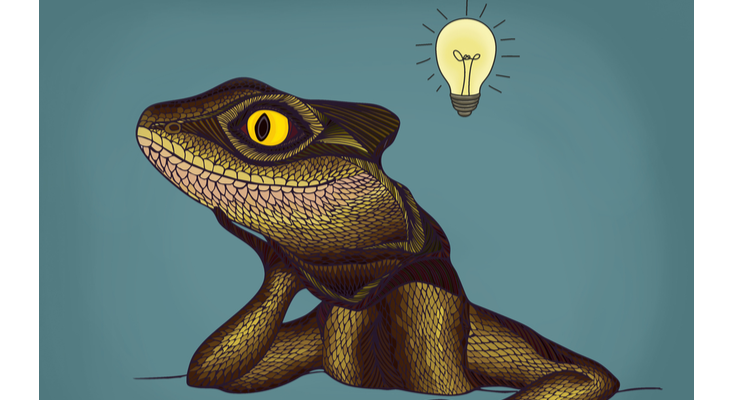That Is Not How Your Brain Works
Forget these scientific myths to better understand your brain and yourself.
The 21st century is a time of great scientific discovery. Cars are driving themselves. Vaccines against deadly new viruses are created in less than a year. The latest Mars Rover is hunting for signs of alien life. But we’re also surrounded with scientific myths: outdated beliefs that make their way regularly into news stories.
Being wrong is a normal and inevitable part of the scientific process. We scientists do our best with the tools we have, until new tools extend our senses and let us probe more deeply, broadly, or precisely. Over time, new discoveries lead us to major course corrections in our understanding of how the world works, such as natural selection and quantum physics. Failure, therefore, is an opportunity to discover and learn.1
Brains don’t work by stimulus and response. All your neurons are firing at various rates all the time.
But sometimes, old scientific beliefs persist, and are even vigorously defended, long after we have sufficient evidence to abandon them. As a neuroscientist, I see scientific myths about the brain repeated regularly in the media and corners of academic research. Three of them, in particular, stand out for correction. After all, each of us has a brain, so it’s critical to understand how that three-pound blob between your ears works.
Myth number one is that specific parts of the human brain have specific psychological jobs. According to this myth, the brain is like a collection of puzzle pieces, each with a dedicated mental function. One puzzle piece is for vision, another is for memory, a third is for emotions, and so on. This view of the brain became popular in the 19th century, when it was called phrenology. Its practitioners believed they could discern your personality by measuring bumps on your skull. Phrenology was discredited by better data, but the general idea was never fully abandoned.2
Today, we know the brain isn’t divided into puzzle pieces with dedicated psychological functions. Instead, the human brain is a massive network of neurons.3 Most neurons have multiple jobs, not a single psychological purpose.4 For example, neurons in a brain region called the anterior cingulate cortex are regularly involved in memory, emotion, decision-making, pain, moral judgments, imagination, attention, and empathy.

I’m not saying that every neuron can do everything, but most neurons do more than one thing. For example, a brain region that’s intimately tied to the ability to see, called primary visual cortex, also carries information about hearing, touch, and movement.5 In fact, if you blindfold people with typical vision for a few days and teach them to read braille, neurons in their visual cortex become more devoted to the sense of touch.6 (The effect disappears in a day or so without the blindfold.)
Continue reading HERE

Comments (0)